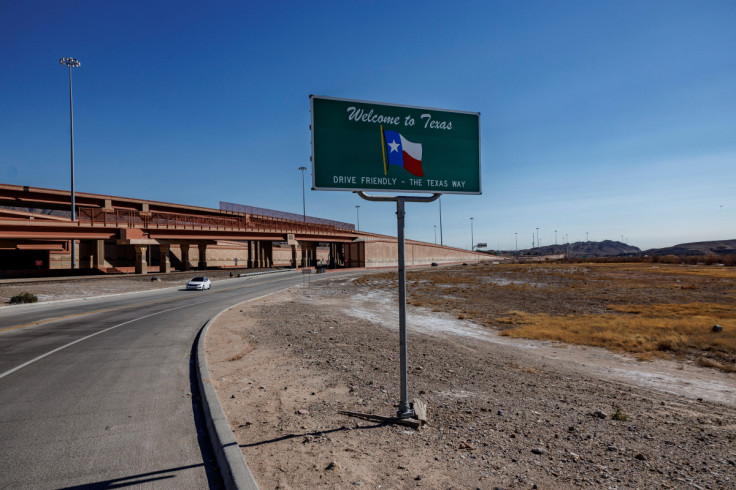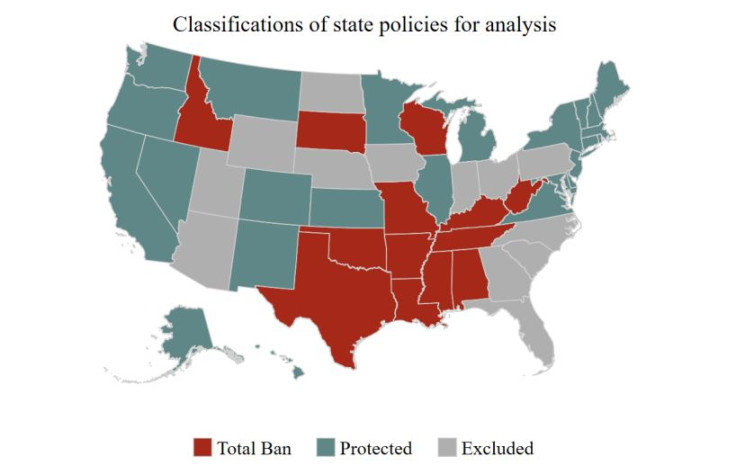
Birth rates increased in every state where abortion bans have been implemented since the overturning of Roe v. Wade, a recent study showed. Among the key findings, researchers found that Latinas experienced the highest growth in the rate of births.
The analysis, conducted by the Institute of Labor Economics, showed that birth rates increased by an average of 2.3 percent in states that implemented abortion bans compared to the those that still have protections in place. Research showed that the impact of the Court's decision was "especially large for Hispanic women," with a birth rate increase of 4.7 percent.
This significant disparity did not come as a surprise to researchers, nor did the notable increase found among women aged 20-24, who saw a 3.3 percent increase, according to the study.
Researchers explained that this demographic tends to face economic challenges, making its members more disadvantaged in terms of being able to travel to an abortion clinic in other states.
Moreover, increases were larger in states such as Mississippi (4.4 percent) and Texas (5.1 percent), where "the geography of bans renders interstate travel more costly," the study states.
Abortions remain legal in most circumstances in 30 states and the District of Columbia following the overturning of Roe vs. Wade. Consequently, many people seeking abortions will travel to states where it is legal to get one, but not everyone will be able to afford it, the researchers explained.
"In this landscape of access, roughly three-quarters of residents of ban states seeking abortions will travel to brick-and-mortar abortion facilities in non-ban states," the study added, citing previous research. However, for those unable to manage the costs and logistics, the researchers detailed, organizations providing alternative methods: supplying abortion pills via mail.

The study used information from CDC Wonder data (Centers for Disease Control and Prevention, National Center for Health Statistics, 2022, 2023), accessed on November 6, 2023, for monthly births by state of residence covering the period January 2005 through June 2023.

After comparing statistics in states with total bans versus those with protected abortion rights, before and after the ruling, researchers estimated that Dobbs resulted in approximately 32,000 annual births, a modest increase that was in line with analysts' anticipated outcomes.
"This is an inequality story," stated to The New York Times Caitlin Myers, a professor of Middlebury College and an author of the study, with Daniel Dench of Georgia Tech and Mayra Pineda-Torres also of Georgia Tech.
"Most people are getting out of ban states, one way or another, and more people in protected states are getting abortions. And at the same time, this shows something those data cannot show: There's a significant minority of people in ban states that do get trapped," she analyzed.
© 2025 Latin Times. All rights reserved. Do not reproduce without permission.




